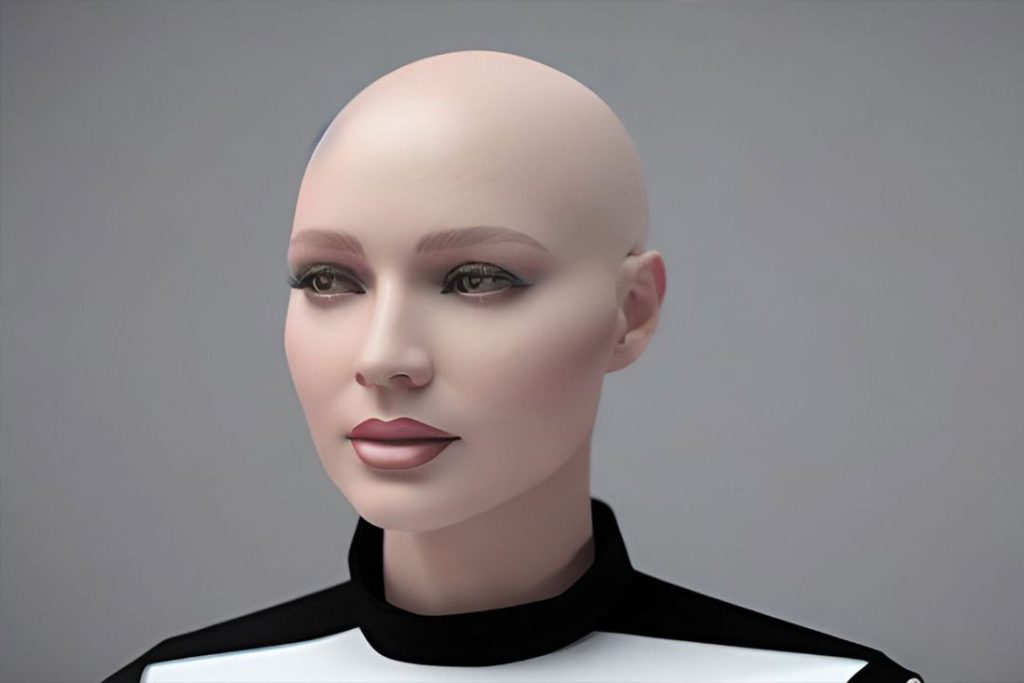Understanding Head Forms in Hair Design: A Comprehensive Guide
A hairdresser’s canvas is not flat but rather a multidimensional surface with varying curves and edges. The key to impeccable hair design lies not just in mastering the art of cutting or styling, but in understanding the intricacies of the human head. This article delves deep into the importance of head forms in hairdressing and explores how mastering this knowledge can lead to transformative results.

The Importance of Head Forms
Hair drapes differently on each section of the head, influenced by its underlying bone structure. Recognizing these subtle variances helps hairdressers tailor their techniques to complement and enhance the natural head shape, creating hairstyles that flow organically and suit individual physiognomies.
Reference Points: Navigating the Head’s Landscape
Just as mariners use stars to navigate the seas, hairdressers use reference points to navigate the head’s structure. These points, where the surface of the head changes, serve as guidelines for creating balanced, harmonious hairstyles.
1. Parietal Ridge:
This is where the head starts curving away from the face, typically in line with the end of the eyebrows and the top of the ears.
2. Occipital Bone:
Located at the back of the skull, it’s the protrusion that signifies the head’s curvature from the back to its base.
3. Apex:
The highest point on the head, usually towards the center of the crown.
4. Four Corners:
These points mark the shift from the top of the head to the sides, and determining their location can help create a balanced look.
By understanding these reference points, hairdressers can:
- Achieve symmetry or incorporate intentional asymmetry for a dynamic look.
- Customize techniques based on individual hair types and head shapes.
- Adapt and modify styles to accommodate head form irregularities, ensuring that the final look is both flattering and intentional.
Zones of the Head: The Anatomy of Hair Design
1. Top:
The uppermost part of the head, stretching from the front hairline to the crown, it plays a vital role in determining volume and height in hairstyles.
2. Front:
From the hairline to behind the ears, this area is the face’s immediate frame and influences how facial features are accentuated.
3. Sides:
Extending from the parietal ridge down to behind the ears, the sides determine the width of a hairstyle and play a role in face shape illusions.
4. Crown:
The rounded part at the top-back of the head, the crown can either add volume or be a site for creative flattening.
5. Nape:
The area at the base of the skull, hairstyles here can add elegance and are crucial in shorter cuts.
6. Back:
Extending from the occipital bone to the nape, the back holds the bulk of hair volume and is pivotal in long and short styles alike.
7. Bang or Fringe Area:
The hair that lies over the forehead, this area can dramatically alter one’s appearance, influencing perceived face length and feature emphasis.
Conclusion
To the untrained eye, a head is just a head. But for the expert hairdresser, it’s a complex terrain with valleys, peaks, and landmarks. Recognizing the head’s form and understanding its reference points and zones allows for precise, tailored, and innovative hair designs. It’s not just about cutting and styling hair; it’s about sculpting a masterpiece that harmoniously blends with the client’s natural anatomy.






